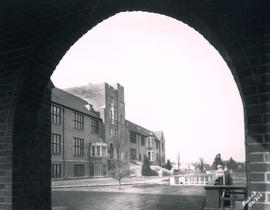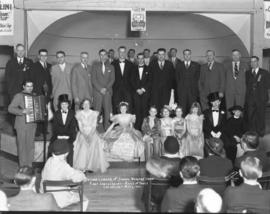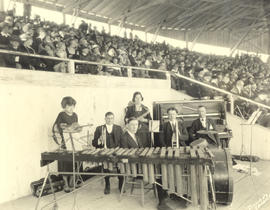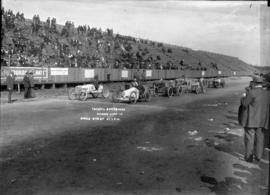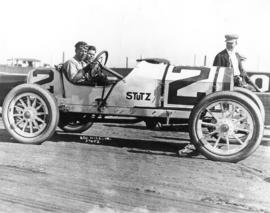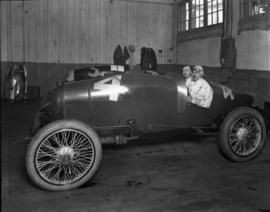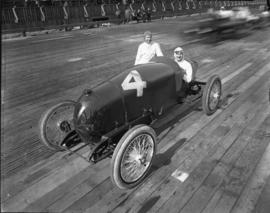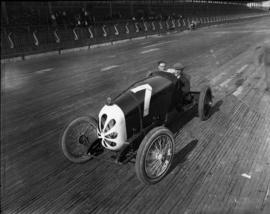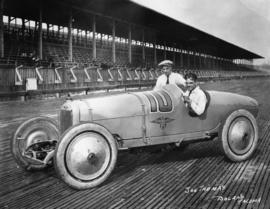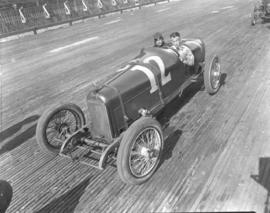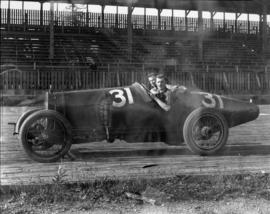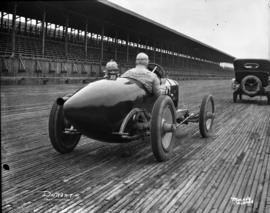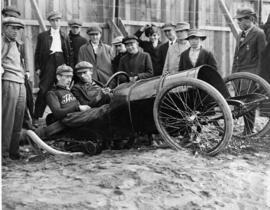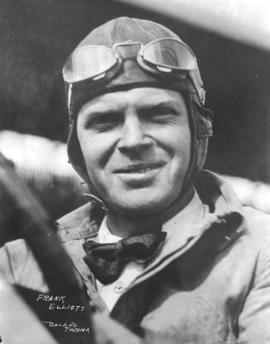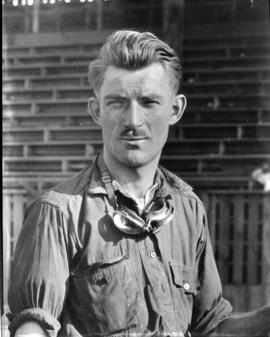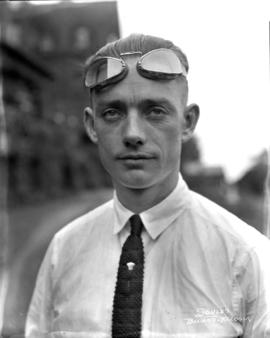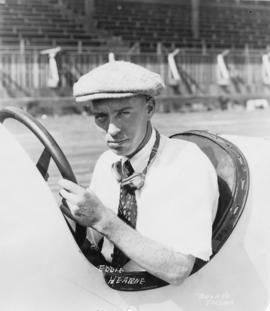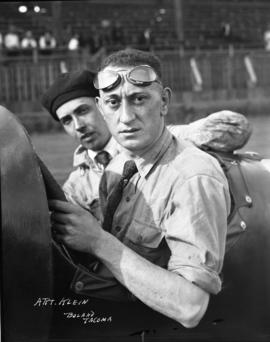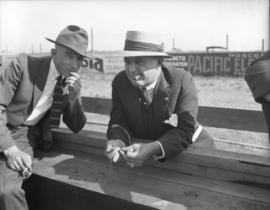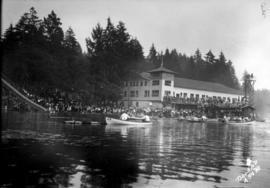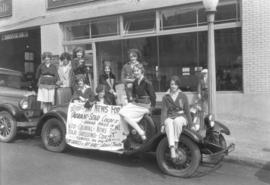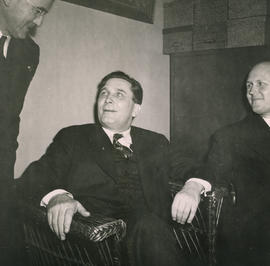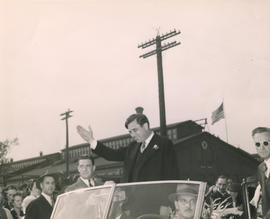Novice driver Alton Soules, 28, posed at the Tacoma Speedway in July of 1921. Soules raced a Frontenac in the 1921 Speedway Classic where he had the lead from the second to the sixty-first lap when his old pistons failed and the connecting rod broke. The native of Toledo, Ohio had started racing as a driver in 1920, specializing in board tracks. Previously he had ridden as mechanic with racing greats Joe Thomas, Eddie Pullen, Wilbur D'Alene, Omar Toft and Hughie Hughes. He was the nephew of Charlie Soules, who held the world record for a 24 hour run on a dirt road. After the Tacoma race, Alton Soules was planning to race at Santa Rosa, Uniontown, San Francisco, Fresno and Los Angeles. He never made it to Los Angeles; Soules and his riding mechanic Harry Barner were killed in an accident on lap 75 at the Fresno Speedway on October 1, 1921. (TDL 7/3/1921, pg. C-6; TNT 7-5-21, p. 1,2--results; www.motorsportmemorial.org)
Tacoma Speedway (Lakewood); Racetracks--Lakewood--1920-1930; Automobile racing--Lakewood--1920-1930; Soules, Alton; Automobile racing drivers;






